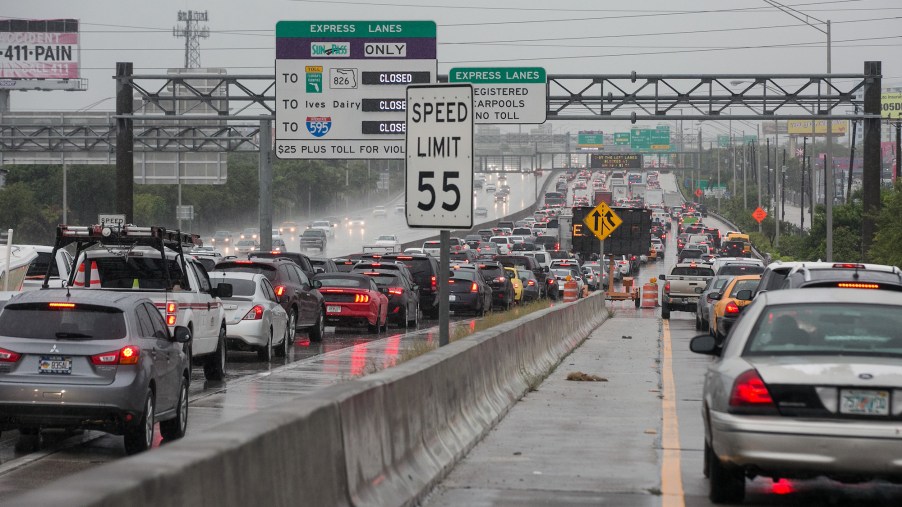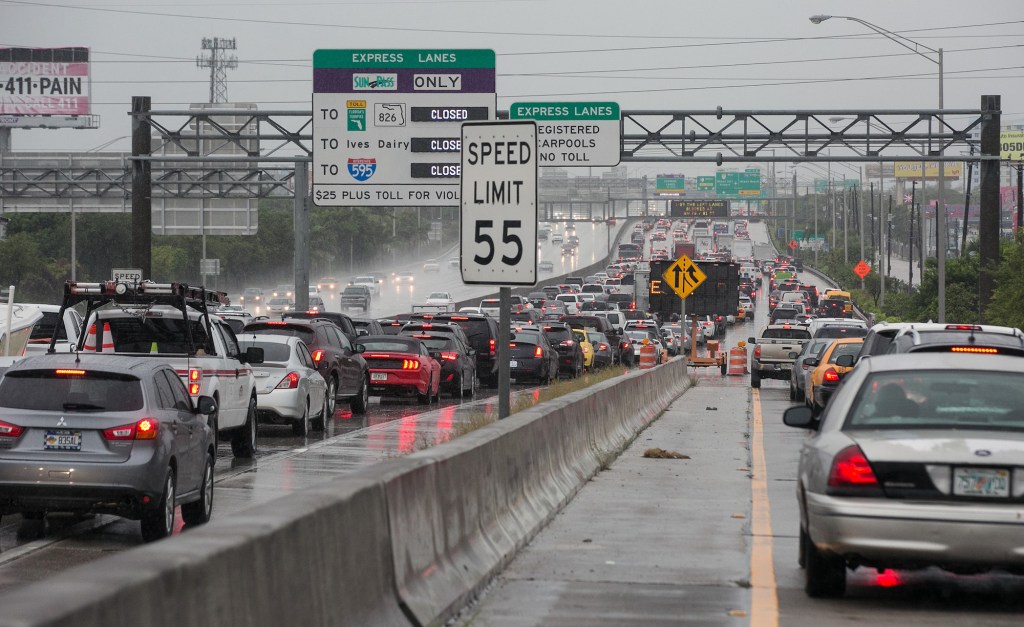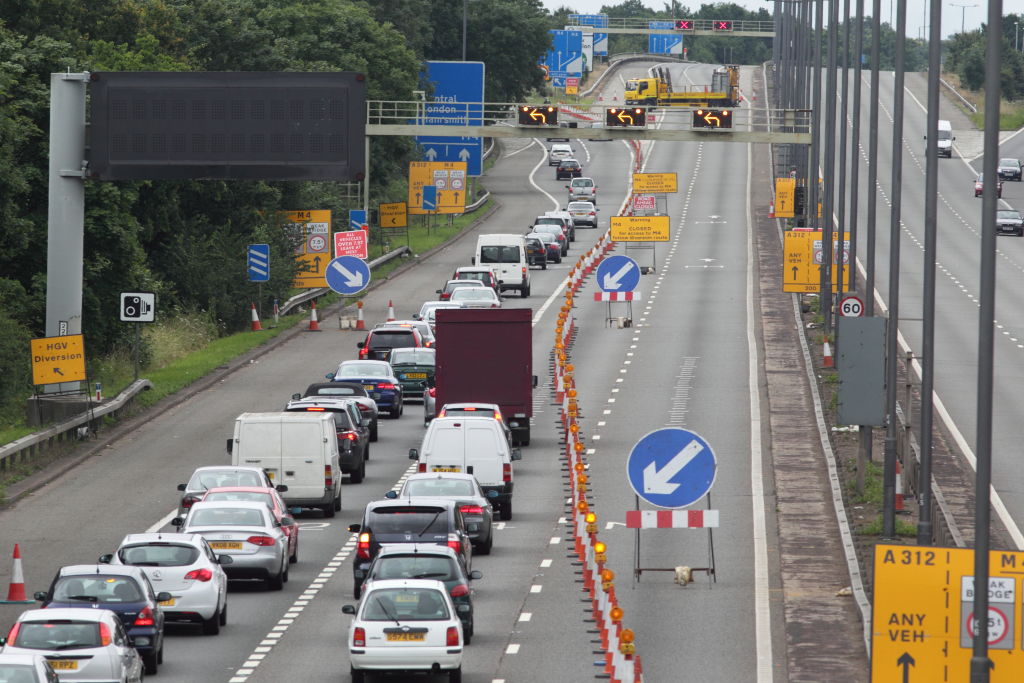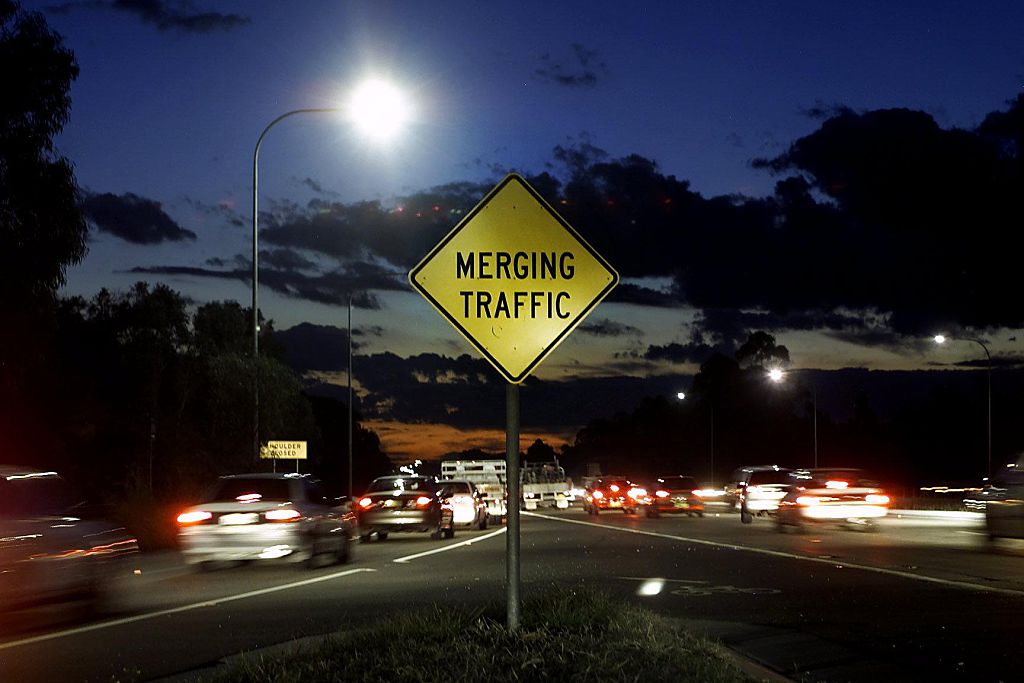
Is Driving With Your Car’s Hazard Lights on Illegal?
If you have ever had a flat tire or other emergencies while driving, then you probably turned the car’s hazards lights on before pulling over to the side of the road. After all, that sounds like the right thing to do, right? Technically, it depends on which state you’re in.
The legality of driving with your hazard lights on

The next time you get caught in a torrential downpour or get a flat tire, your first instinct will probably be to turn on the car’s hazard lights and pull over to the side of the road. And that’s perfectly legal, but only in some states.
AAA provided a list of all of the states where driving with your hazards light on is legal:
- Alabama: The use of hazard lights is permitted while driving unless otherwise posted.
- Connecticut: Hazard light use is permitted while driving unless otherwise posted.
- District of Columbia: Hazard light use is permitted while driving.
- Kentucky: Hazard light use is permitted while driving.
- Michigan: Hazard light use is permitted while driving.
- Mississippi: Hazard light usage is permitted while driving.
- Missouri: Hazard light usage is permitted while driving.
- Nebraska: Hazard light use is permitted while driving.
- New Hampshire: Hazard light use is permitted while driving.
- New Jersey: The use of hazard lights is permitted while driving.
- New York: Hazard light use is permitted while driving unless otherwise posted.
- North Carolina: Hazard light use is permitted while driving unless otherwise posted.
- North Dakota: Hazard light use is permitted while driving unless otherwise posted.
- Oregon: Hazard light use is permitted while driving unless otherwise posted.
- Pennsylvania: Hazard light use is permitted while driving.
- South Carolina: Hazard lights may be used while driving for the purpose of warning the operators of other vehicles of the presence of a vehicular traffic hazard requiring the exercise of unusual care in approaching, overtaking or passing.
- South Dakota: Hazard light use is permitted while driving.
- Texas: Hazard light use is permitted while driving.
- Utah: Hazard light use is permitted while driving.
- Vermont: Hazard light use is permitted while driving.
- Wyoming: Hazard light use is permitted while driving.

Here are the states where it’s illegal to drive with your hazard lights on:
- Alaska
- Arizona
- Arkansas
- California
- Colorado
- Delaware
- Florida
- Georgia
- Hawaii
- Idaho
- Illinois
- Indiana
- Iowa
- Kansas
- Louisiana
- Maine
- Maryland
- Massachusetts
- Minnesota
- Montana
- Nevada
- New Mexico
- Ohio
- Oklahoma
- Rhode Island
- Tennessee
- Virginia
- Washington
- West Virginia
- Wisconsin
Why is it illegal to drive with your hazard lights on?

While it may seem innocuous to drive your car with the hazard lights on, especially in an emergency situation, using them while driving can cause confusion. According to the Atlanta Journal-Constitution, having your hazard lights on while driving can signal to other motorists that your car is stopped or traveling slower than the surrounding traffic.
Hazards lights can also disable your turn signals. That will make it even more confusing if you’re trying to cross multiple lanes and pull over on the shoulder. While penalties can differ depending on the county that you’re in, you can typically expect a $100 fine for driving your car with the hazards lights on.
When should you use your hazard lights?
There are certain times when using your car’s hazard lights should be considered. According to Firestone, the situations include:
- During an roadside emergency: If you do need to pull over to change your car’s tire or address another issue, then using your hazard lights is important.
- Getting pulled over: If you get pulled over by a police officer, turning on your hazard lights can show them that you’re acknowledging their request and are attempting to pull over.
- Driving in a funeral procession: Funeral processions are typically an exception to the hazard light rules, it’s also customary to have them on during this type of occasion.



